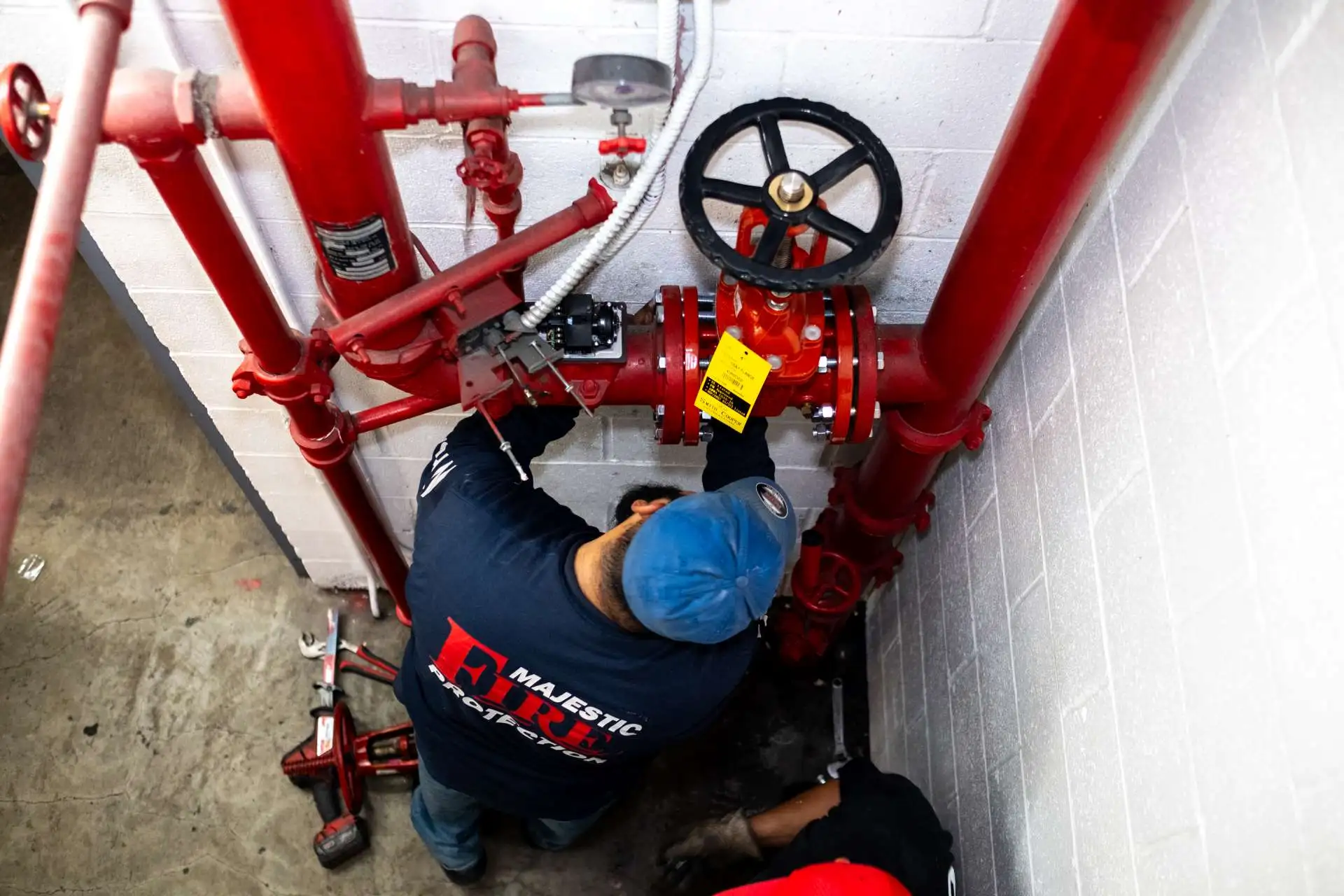Reg 4 Class 1 Standpipes
In the realm of fire safety regulations in Los Angeles, Chief’s Regulation 4 stands as a shining beacon of compliance. Within this framework, the Regulation 4 Class 1 Standpipe Test emerges as a vital component, dedicated to maintaining the effectiveness of standpipe systems. Specifically designed for Los Angeles structures, buildings, or property, this assessment guarantees that standpipe systems are not only functional but optimized to respond swiftly in emergencies. In order to most effectively and swiftly respond to save LA buildings and lives in the process.
Maintain a high standard of safety and control of your building’s fire safety and safeguard its occupants. Don’t hesitate to pursue certification for your property. Let us assist you in ensuring that your standpipe systems meet Reg 4 standards, offering reliable protection for lives and assets. Lower the chances of something catastrophic from happening, with a proper Reg 4 Class 1 Standpipe Test.
How does a Reg 4 Class 1 Standpipe service work?
For our initial Assessment, we will conduct a comprehensive evaluation of your Standpipe system’s condition and compliance with LA’s Reg 4 program.
Now we proceed into testing procedures. Our technicians perform rigorous testing to ensure the functionality and effectiveness of your Class 1 standpipe setup.
Then comes analysis and reporting. We analyze the test results meticulously and provide detailed reports outlining any issues found and recommended actions.
Upon completion of the standpipe test. We’ll provide a detailed report and paperwork, including a success or fail quote, upon completion of the Reg 4 test.
Staying compliant with fire safety standards is important. We make it easy.
What We Help You Accomplish
We help make sure your Class 1 Standpipe system is in working order and inline with local Los Angeles guidelines. We know how vital fire safety is for your buildings, and how important quick and reliable access this system is to firefighters during emergencies. Regular testing and inspection help meet local fire safety regulations, demonstrating commitment to occupant safety and readiness for emergencies. Overall, a reliable standpipe system promotes proactive fire safety measures and creates a safer environment for occupants and first responders.
By ensuring the system is fully operational and compliant with Chief’s Regulation 4 standards, you can rest easy knowing that during emergencies, this system will be ready to fight the flames.
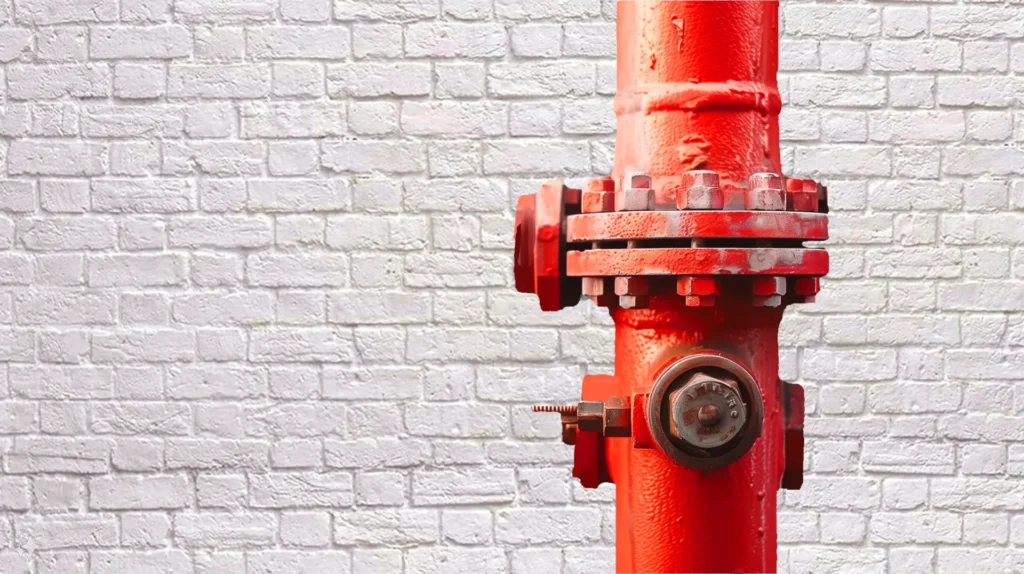

How often should a Reg 4 Class 1 Standpipe system be tested and inspected?
Standpipe systems should undergo testing at least annually to confirm their proper operation and adherence to fire safety codes. However, the frequency of testing may vary depending on local regulations, building occupancy, and other relevant factors.
How does a Regulation 4 Class 1 standpipe contribute to building safety?
A Class 1 standpipe helps contribute to building safety by providing dedicated water supply for firefighters to be able to combat fires effectively. In an emergency, fire fighters can quickly connect to these systems and deliver water to upper floors or inaccessible areas.
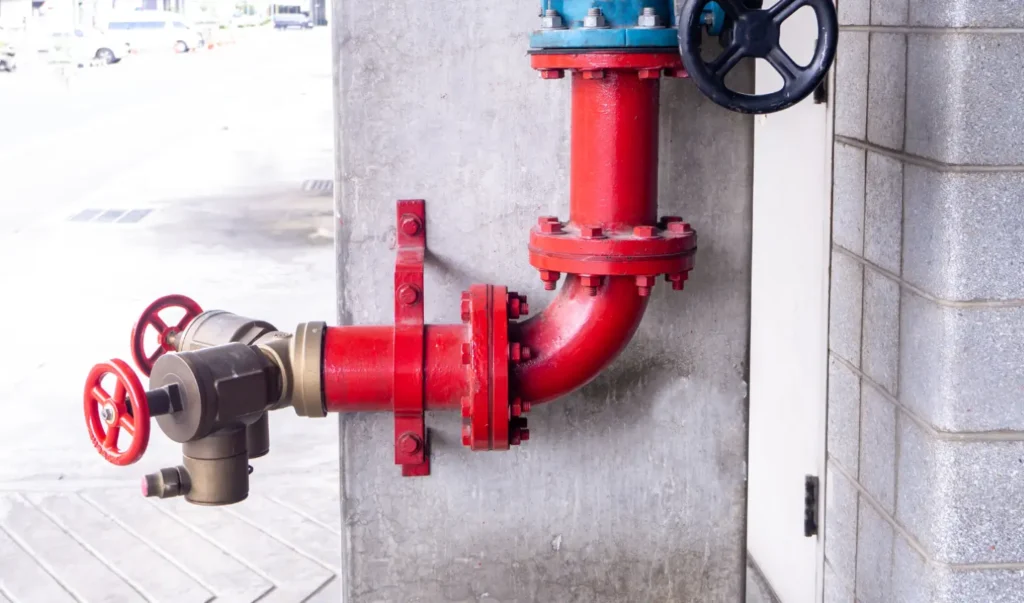

What are the requirements for installing Regulation 4 Class 1 Standpipe systems in buildings?
The systems must comply with certain requirements to ensure effectiveness and safety. These include adherence to building codes, fire department regulations, and national standards like NFPA 14. These guidelines can specify things such as proper locations for the standpipe, the material, water supply, all the way to the system design. On top of this, regular inspections and testing are necessary to verify system functionality and compliance with regulatory standards.
Following these guidelines is crucial to have a effective and reliable Class 1 Standpipe system in Los Angeles.
Some Key FAQs
What are the consequences of non-compliance with Reg 4 Class 1 Standpipe requirements?
Non-compliance can lead to fines, penalties, and legal liabilities. It can also increase the risk for occupants and increase fire damage to the property.
What is a class 1 standpipe?
Class I standpipe systems are for fire department use and are typically mandated in buildings with more than three stories above or below ground due to logistical challenges in deploying hoses.
What steps should be taken if a Reg 4 Class 1 Standpipe system fails to meet compliance during testing?
Quick action should be taken to fix any issues identified. By replacing or repairing components, it is important to get it fixed to maintain effective fire safety measures.
How does a Reg 4 Class 1 Standpipe test contribute to building safety?
It helps building safety by ensuring that a reliable water supply remains in working available order for fire fighters to utilize in fire emergencies. Which helps them control and extinguish a fire if the needs arises.
Can Regulation 4 Class 1 Standpipe systems be customized to meet the needs of different types of buildings?
Yes! Reg 4 Class 1 Standpipe systems can be customized to fit the various needs of different building types and sizes, to ensure the best performance for fire safety.
Fire Readiness Starts Here
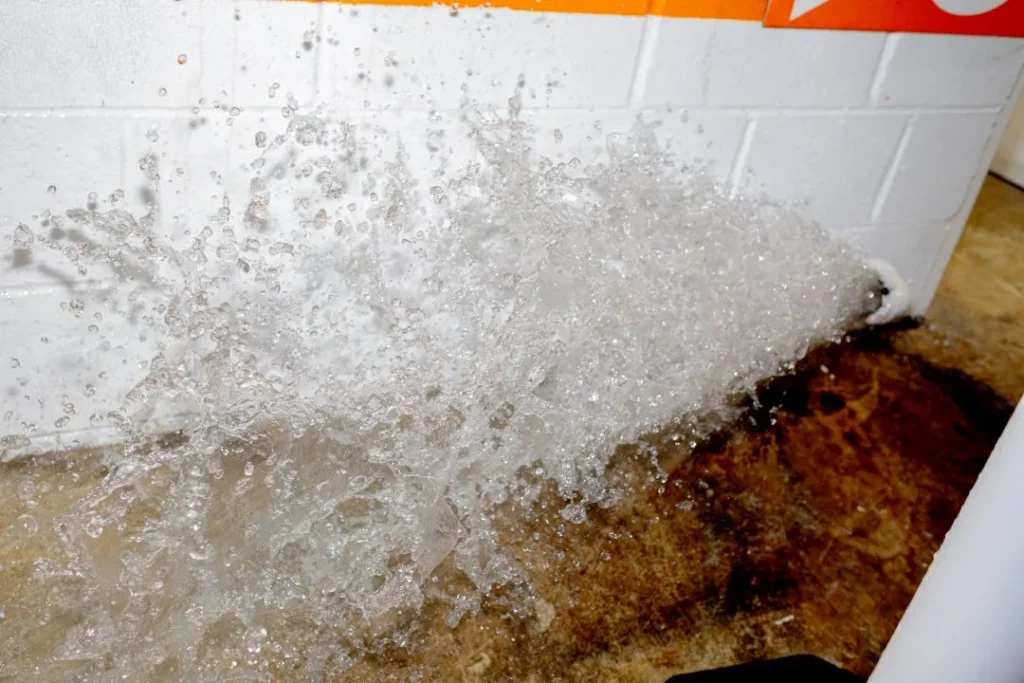

Standpipe Pressure Requirements
For a Class 1 standpipe system, the pressure requirements consist of a minimum and maximum. The Minimum being 100 PSI and the the Maximum being 175 PSI.
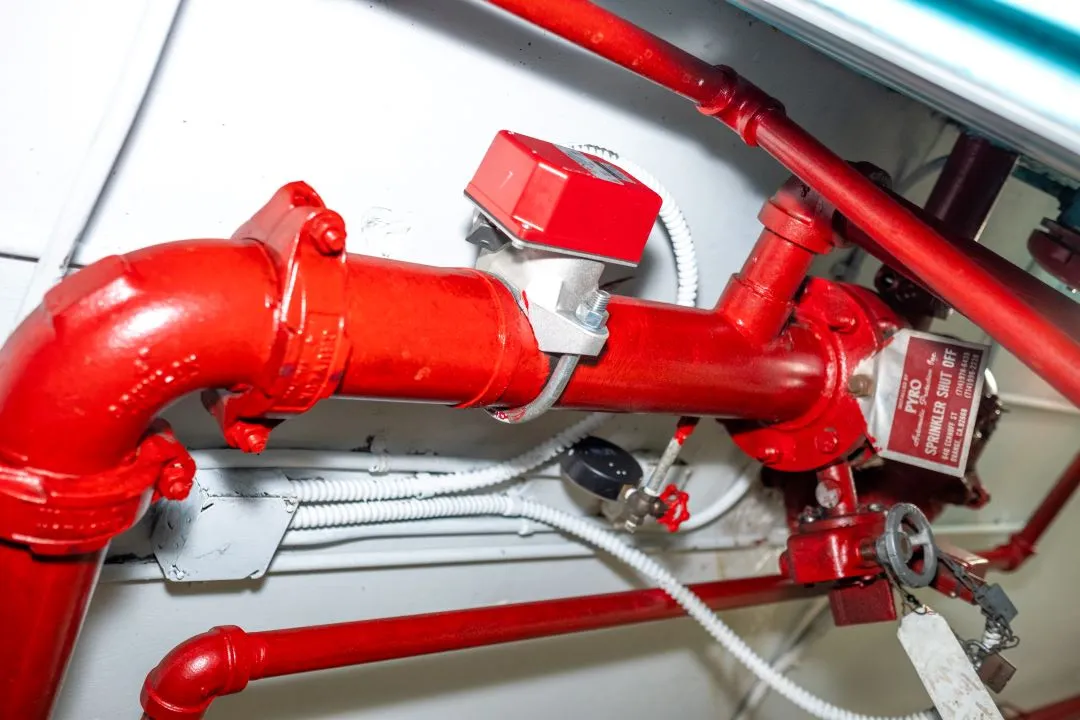

Class 1 Standpipe Uses
Non high-rise buildings require an automatic dry or wet, semiautomatic dry, manual dry, or wet system for effective fire suppression.
In high-rise buildings, a automatic or semi automatic standpipe system will do.


Class 1 System Hose Connection
A class 1 standpipe system that provides 2 1/2 in. hose connections to supply water for use by fire departments.


Lets talk now?
Getting a Reg 4 Certification for your building is essential to keep your property and the people inside safe. Lower the chance of your fire safety gear from failing during necessary times.
If you don’t wanna send a form, and instead want to give one of our experts a call or send an email to talk about reg 4 testing. Click one of the options below!

